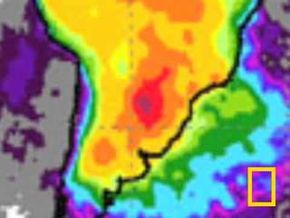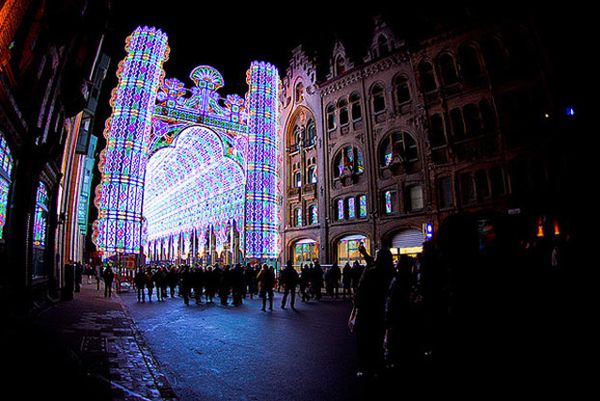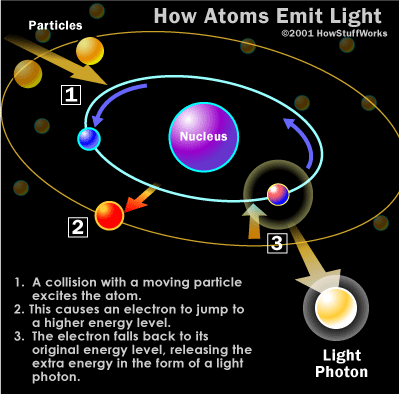Light waves are also measured according to their frequency, which is how many waves can pass a given point in a given amount of time. Frequency is measured in Hertz, or Hz for short.
When it comes to visible light, your eyes can pick up anything from 430 trillion Hz — which you understand as red — to 750 trillion Hz — which you see as violet. There are other, higher frequencies that you can't see, and there are lower ones that you can't see either.
Visible light can also be measured by its energy. All waves are made of traveling energy, and the amount of energy contained in each wave is related in proportion to its frequency. The more energy a wave has, the higher its frequency, and vice versa.
For visible light, the highest frequency color, which is violet, also has the most energy. The lowest frequency of visible light, which is red, has the least energy.



